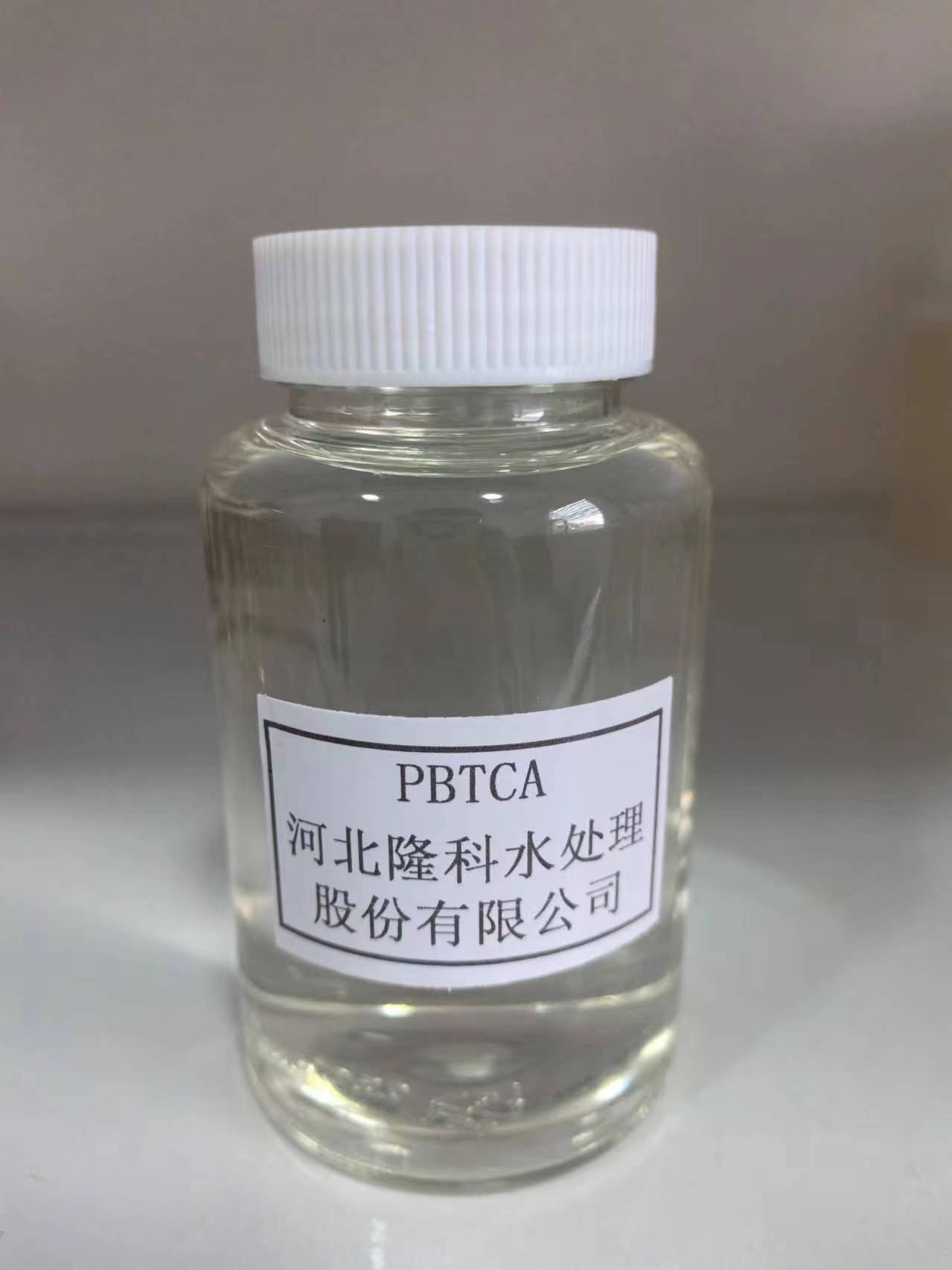Synthesis and Applications of Hydroxyethylidene Diphosphonic Acid in Various Industries
The Significance of 1-Hydroxyethylidene-1,1-Diphosphonic Acid (HEDP) in Industry and Environmental Applications
1-Hydroxyethylidene-1,1-diphosphonic acid, commonly known as HEDP, is an organophosphorus compound that has garnered significant attention in various industrial and environmental applications. Recognized for its chelating properties, HEDP is primarily used in water treatment processes, industrial cleaning, and as an additive in various formulations. This article explores the significance of HEDP, its chemical properties, applications, and its effect on the environment.
Chemical Properties and Structure
HEDP has a unique molecular structure that comprises two phosphonic acid groups attached to a hydroxyethylidene backbone. The presence of these phosphonic acid groups contributes to its strong chelating ability, enabling it to form stable complexes with metal ions. This characteristic is crucial for its effectiveness in preventing scale formation, corrosion, and other related issues in different systems.
The acid dissociation constants (pKa values) of HEDP indicate its capacity to react with metal ions under varying pH conditions. This enables HEDP to function efficiently across diverse environments, making it an invaluable component in many formulations.
Applications in Water Treatment
One of the primary uses of HEDP is in water treatment, particularly in cooling water systems and boilers. The formation of scales due to mineral deposits can hinder the efficiency of these systems. HEDP acts as a scale inhibitor, effectively binding to calcium, magnesium, and other metal ions, thus preventing their precipitation. As a result, HEDP helps maintain the efficiency of heat exchangers, reducing downtime and maintenance costs.
In addition to scale inhibition, HEDP is also used as a corrosion inhibitor. In industrial settings where metals are exposed to corrosive environments, HEDP can form protective layers on metal surfaces, therefore extending the life of equipment and pipes. This dual-functionality makes HEDP a versatile solution in water treatment applications.
1 hydroxyethylidene 1 1 diphosphonic acid hedp

Use in Detergents and Cleaners
Beyond water treatment, HEDP is widely utilized as a component in detergents and cleaning agents. Its ability to effectively bind metal ions enhances the cleaning power of detergents, allowing them to work more efficiently in hard water environments, where high mineral content can reduce the effectiveness of traditional cleaning agents. By preventing the formation of insoluble salts, HEDP ensures that cleaning products maintain their performance, contributing to their overall effectiveness.
Environmental Considerations
While HEDP offers several benefits in industrial applications, its environmental impact warrants consideration. Being a phosphorus-containing compound, HEDP can contribute to nutrient loading in aquatic systems if not managed properly. Excessive phosphorus can lead to eutrophication, a process where algal blooms deplete oxygen levels in water bodies, harming aquatic life.
However, when used responsibly and within regulated limits, HEDP can be a component of environmentally-friendly formulations. Many manufacturers have developed biodegradable versions of HEDP to mitigate environmental concerns. Additionally, rigorous regulations govern the use of HEDP in formulations, ensuring that its application does not exceed safe thresholds.
Conclusion
1-Hydroxyethylidene-1,1-diphosphonic acid is a multifaceted compound with vital applications in water treatment, detergents, and industrial cleaning. Its strong chelating properties make it invaluable in preventing scale formation and corrosion, which in turn enhances the efficiency and longevity of industrial systems. While attention to its environmental impact is essential, responsible usage and advancements in biodegradable formulations allow HEDP to play a crucial role in modern industry. As industries continue to seek efficient and sustainable solutions, compounds like HEDP will undoubtedly remain at the forefront of innovation and application.
-
Water Treatment with Flocculant Water TreatmentNewsJun.12,2025
-
Polymaleic AnhydrideNewsJun.12,2025
-
Polyaspartic AcidNewsJun.12,2025
-
Enhance Industrial Processes with IsothiazolinonesNewsJun.12,2025
-
Enhance Industrial Processes with PBTCA SolutionsNewsJun.12,2025
-
Dodecyldimethylbenzylammonium Chloride SolutionsNewsJun.12,2025





